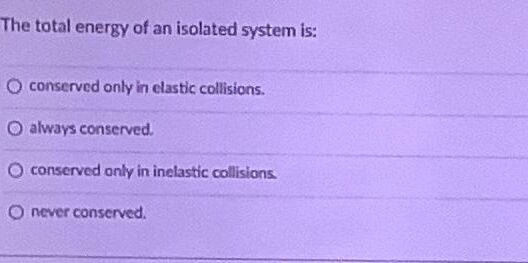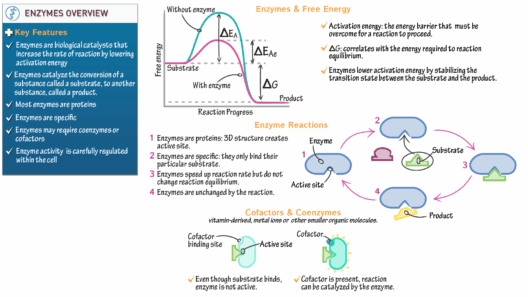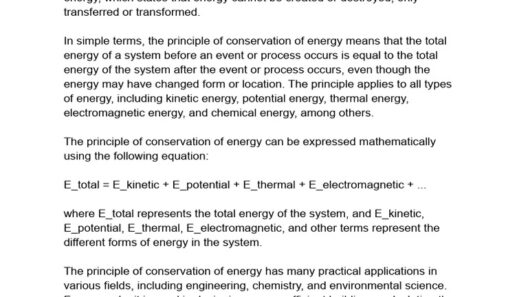In an era where the frenetic pace of life often resembles a relentless rollercoaster, the importance of conserving one’s energy cannot be overstated. When considering this seemingly mundane yet profoundly significant challenge, it becomes apparent that people with low energy levels must navigate their daily existence with a sense of strategy akin to a master chess player—their moves are calculated, their resources meticulously managed. This comparison serves as a reminder that every decision counts, particularly when it comes to preserving one’s strength and vitality.
Energy conservation is not merely a feat of endurance; it is a harmonious symbiosis of mindful practices and strategic alterations. Imagine a flickering candle, its flame delicately swaying in the breeze. Each gust threatens to extinguish it, underscoring the fragility of its light. In much the same way, individuals with low energy must protect their dwindling sources of strength against the onslaught of daily demands. To embark on this journey of conservation, one must first introspectively assess their energy limitations. Understanding the nuances of one’s personal energy cycle can be the folium of awareness from which meaningful adjustments flow.
A pivotal step in this conservation endeavor is the establishment of a structured routine. Much like a meticulously crafted blueprint for a grand architecture, a daily schedule that incorporates periods of rest can mitigate energy depletion. This does not imply a rigid, joyless undertaking; rather, it invites the possibility of deliberate flexibility. For instance, the integration of restorative practices such as mindfulness meditation or gentle stretching can serve as interludes of renewal. These moments, however brief, act as beacons of restoration, illuminating the path toward enhanced endurance.
Moreover, the allocation of tasks plays a fundamental role in this energy conservation strategy. Prioritizing essential activities—not unlike the clinical precision of a surgeon—ensures that effort is expended where it is most impactful. The Pomodoro Technique, a time management method that alternates focused work sessions with short breaks, is particularly useful. It provides structure, fostering a rhythm that can enhance productivity while preventing the premature draining of limited energy reserves. By identifying and focusing on high-priority tasks, individuals can sidestep the quicksand of exertion that often ensnares those who lack energy.
In addition to structure, the cultivation of a supportive environment is paramount. Spaces imbued with tranquility can act as sanctuaries for rejuvenation. Soft lighting, serene colors, and the presence of elements from nature foster a sense of calm, akin to a tranquil forest that shields its inhabitants from the cacophony of the outside world. Embracing these physical changes can create a nurturing atmosphere conducive to energy conservation. Surrounding oneself with positive influences—be they people, uplifting music, or inspiring visuals—can further catalyze motivational boosts and emotional replenishment.
Nutrition, the undercurrent of vitality, cannot be overlooked when discussing energy conservation. The body functions on a biochemical level that demands appropriate fuel. Think of it as a finely tuned engine that requires high-octane fuel to perform optimally. Opting for nutrient-dense foods rich in complex carbohydrates, lean proteins, healthy fats, and an abundance of fruits and vegetables is essential. The strategic incorporation of hydration also plays a critical role in maintaining energy levels. Water is life; without it, the body succumbs to fatigue like a deflated balloon, devoid of its vibrant spirit.
Physical activity, often sidelined by those grappling with energy deficits, must be approached with reverence and moderation. Gentle forms of exercise, such as walking, swimming, or yoga, can invigorate the body, akin to a gentle breeze that revives a wilting flower. These activities, when pursued in moderation, stimulate endorphins and promote circulation, creating a natural cycle of rejuvenation. The key lies in embracing movement that enhances one’s vitality without pushing toward exhaustion.
Recognizing and understanding one’s limits is crucial in the quest for conserving energy. It is all too easy to overextend oneself, to chase after unattainable exertion. A paradigm shift in perspective is often necessary—viewing rest as a proactive choice rather than a concession. Empowering oneself with the knowledge that periodic relaxation serves as an investment in future productivity can reshape the narrative. Embracing rest as a part of one’s flow allows the body the time it requires for recuperation, renewing strength for the challenges ahead.
The social dynamics of support systems can also function as a vital resilience blanket. Surrounding oneself with empathic friends and family fosters an atmosphere of understanding and shared experience. Engaging in conversations, sharing stories, and building connections can create a sense of community that alleviates emotional burdens. It acts as a salve for the weary spirit and can reinvigorate an individual’s motivation and zest for life.
In conclusion, conserving strength and power, particularly for those who grapple with low energy levels, is an intricate ballet of self-awareness, mindful practices, and support systems. Like a river that bends and flows, adapting to the contours of the land, so too can individuals navigate their energies through thoughtful choices and support. Each strategic decision—whether it involves crafting a structure, nurturing an environment, or nourishing the body—can illuminate the path forward. Ultimately, the journey of energy conservation not only enriches one’s own life but also bears the exquisite potential to inspire others, forming a ripple effect that can elevate entire communities in their pursuit of balance and vitality.







